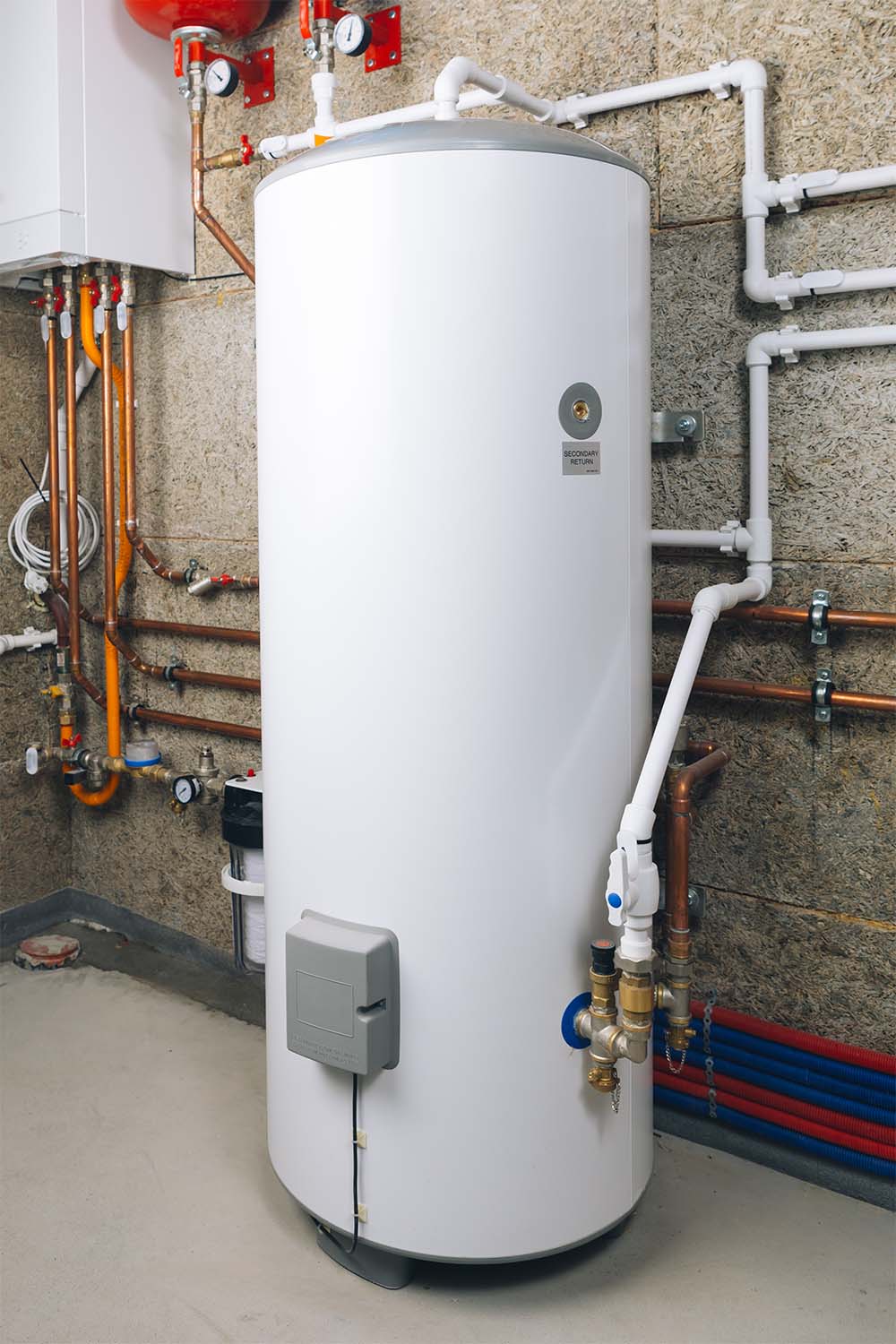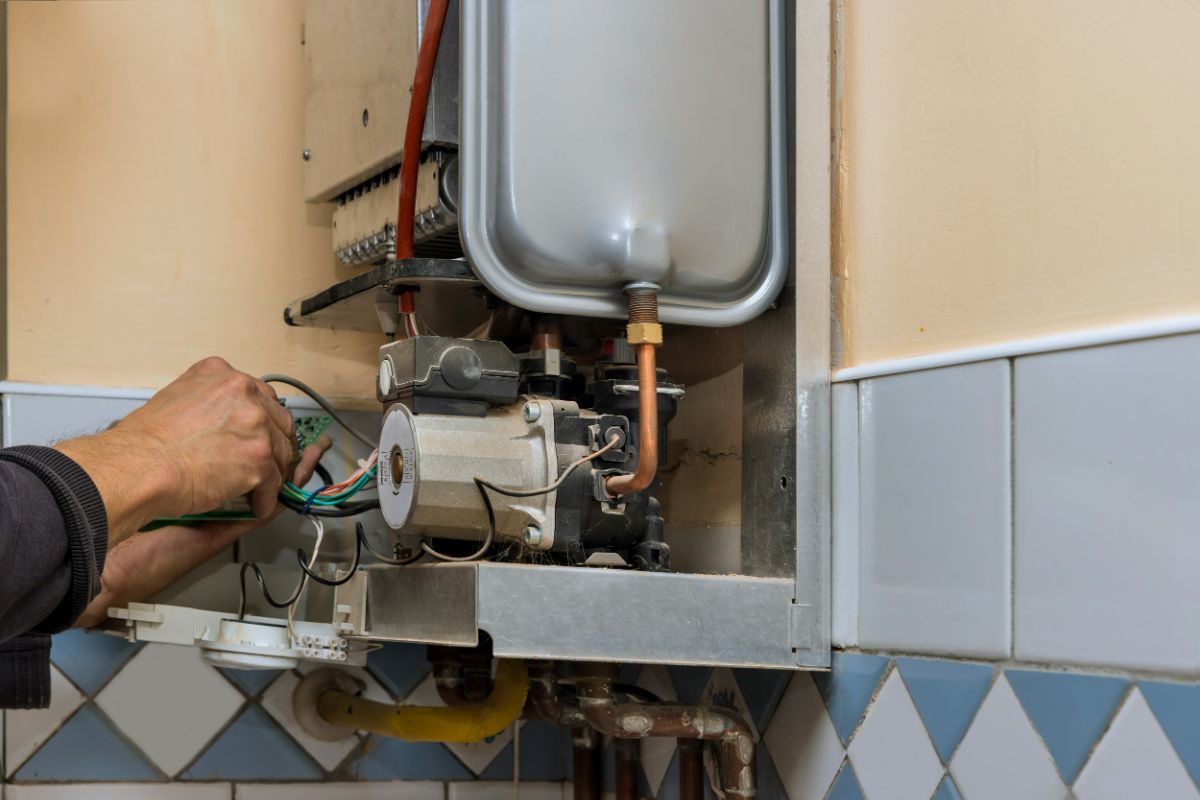This article listed below about Tips on Maintaining a Water Heater is immensely intriguing. Don't skip it.

Warm water is necessary for everyday comfort, whether it's for a refreshing shower or cleaning recipes. To guarantee your hot water system runs successfully and lasts much longer, routine maintenance is key. This post provides functional pointers and insights on exactly how to preserve your home's hot water system to avoid interruptions and expensive repair services.
Introduction
Keeping your home's warm water system could seem overwhelming, yet with a couple of simple actions, you can guarantee it runs smoothly for several years ahead. This guide covers every little thing from recognizing your hot water system to DIY upkeep suggestions and knowing when to call expert help.
Relevance of Preserving Your Hot Water System
Routine upkeep not just extends the lifespan of your warm water system but additionally ensures it operates successfully. Overlooking upkeep can cause decreased performance, greater energy costs, and also premature failing of the system.
Signs Your Warm Water System Needs Upkeep
Knowing when your warm water system needs focus can avoid significant problems. Keep an eye out for indications such as irregular water temperature, weird noises from the heating system, or rustic water.
Understanding Your Hot Water System
Prior to diving into upkeep tasks, it's practical to understand the standard components of your warm water system. Typically, this consists of the hot water heater itself, pipes, anode poles, and temperature controls.
Regular Monthly Upkeep Tasks
Regular month-to-month checks can help catch small issues prior to they rise.
Flushing the Hot Water Heater
Purging your water heater eliminates debris buildup, enhancing efficiency and extending its life.
Checking and Changing Anode Rods
Anode poles protect against deterioration inside the tank. Evaluating and changing them when broken is critical.
Inspecting and Adjusting Temperature Settings
Changing the temperature settings makes sure ideal efficiency and safety and security.
DIY Tips for Maintenance
You can do a number of upkeep jobs yourself to keep your hot water system in top condition.
Checking for Leaks
Routinely examine pipes and connections for leaks, as these can lead to water damage and higher costs.
Examining Stress Alleviation Valves
Evaluating the pressure relief valve guarantees it operates appropriately and protects against too much stress accumulation.
Protecting Pipes
Insulating hot water pipelines lowers warmth loss and can save energy.
When to Call a Professional
While do it yourself maintenance is advantageous, some concerns call for expert know-how.
Complicated Problems Requiring Professional Aid
Instances include major leakages, electric issues, or if your water heater is consistently underperforming.
Regular Expert Maintenance Benefits
Professional upkeep can include comprehensive inspections, tune-ups, and making sure compliance with safety criteria.
Final thought
Regular upkeep of your home's warm water system is important for efficiency, long life, and expense savings. By adhering to these suggestions and knowing when to look for expert help, you can make sure a reputable supply of hot water without unanticipated interruptions.
How to Maintain an Instant Hot Water Heater
Before tinkering with your hot water heater, make sure that it’s not powered on. You also have to turn off the main circuit breaker and shut off the main gas line to prevent accidents. Also turn off the water valves connected to your unit to prevent water from flowing into and out of the appliance. 2. When you’re done, you have to detach the purge valves’ caps. These look like the letter “T†and are situated on either side of the water valves. Doing so will release any pressure that has accumulated inside the valves while at the same time avoid hot water from shooting out and burning your skin. 3. When the purge valves’ caps are removed, you have to connect your hosing lines to the valves. Your unit should have come with three hoses but if it didn’t, you can purchase these things from any hardware or home repair shops. You can also get them from retail stores that sell water heating systems. Read the user’s manual and follow it to complete this task properly. When the hosing lines are connected, open the purge port’s valves. 4. You should never use harsh chemical cleaners or solutions when cleaning your unit. Make use of white vinegar instead. It should be undiluted and you’ll probably use about 2 gallons. 5. Now flush your water heater. This task should probably take about 40 minutes. We can’t give you specific directions for this because the procedure is carried out depending on the type, model and brand of your heater. With that being said, refer to the user’s manual. 6. When you’re done draining the unit, you have to turn off the purge port valves again. Remove the hosing lines that you earlier installed on each of the water valves. Put the valve caps (purge port) back in their respective places and be very careful so as not to damage the rubber discs that are found inside these caps. 7. Now that everything’s back in place, check your user’s manual again to find out how to reactivate your water heating system. 8. Once it is working, turn one of your hot water faucets on just to let air pass through the heater’s water supply pipes. Leave the tap on until water flows smoothly out of it. https://www.orrplumbing.com/blog/2014/september/how-to-maintain-an-instant-hot-water-heater/

I am just very fascinated with How to Maintain Your Water Heater & Prolong its Life and I really hope you appreciated the new piece. Sharing is good. Helping others is fun. Thanks so much for going through it.
Click Here